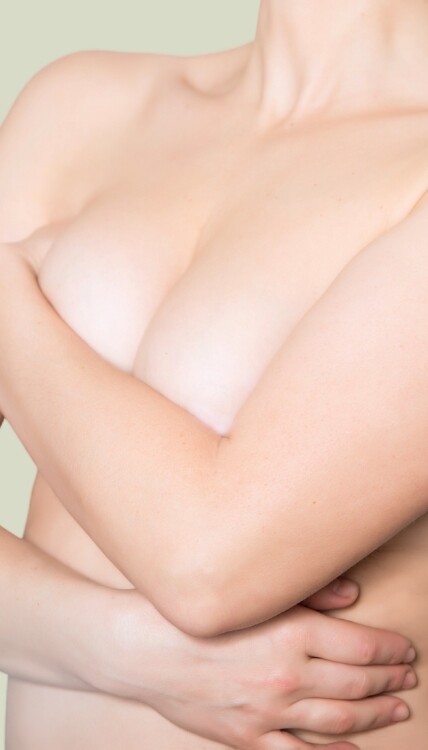Key Takeaways:
- The “flower lips” or “devil lips” trend involves injecting fillers into the vermilion border of the lips to create artistic shapes and designs.
- Dr. Effie Politis, a top plastic surgeon in Tampa, FL, cautions against following this trend due to the potential risks and complications associated with altering the delicate vermilion border.
- When considering cosmetic enhancements, prioritize safety and well-being over chasing fleeting trends, and consult with a qualified professional like Dr. Politis to make informed decisions about your aesthetic goals.
As a top plastic surgeon in Tampa, FL, Dr. Effie Politis at Politis Plastic Surgery is no stranger to the constant ebb and flow of beauty trends. Recently, a new TikTok trend has emerged, turning heads and sparking controversy within the world of aesthetic enhancements. This trend, referred to as “flower lips” or “devil lips,” involves the use of injectable fillers to create unusual shapes and artistic designs within the lips. However, Dr. Politis cautions against following this trend, explaining the potential risks and complications associated with altering the vermilion border of the lips.
Firstly, let’s dive into what this trend entails. The flower lips or devil lips trend sees practitioners injecting fillers into the vermilion border, which is the natural border separating the lip’s red portion from the surrounding skin. By injecting fillers into this area, individuals can achieve a variety of artistic shapes and designs. However, some speculate that many of the images posted online showcasing these unique lip shapes are actually the result of Photoshop, rather than actual procedures.
Regardless of whether these images are genuine or not, Dr. Politis strongly advises against attempting to achieve these unnatural lip shapes through the use of injectable fillers. She explains that even a small deviation of a millimeter can be incredibly difficult to fix if something goes awry during the procedure. Over-inflating this delicate area can lead to lasting damage, making it nearly impossible to regain the lip’s original, natural shape.
The world of cosmetic enhancements can be alluring, with trends like flower lips and devil lips capturing attention and enticing individuals to experiment with their appearance. However, it’s crucial to remember that chasing these fleeting trends can come with significant risks, as Dr. Politis emphasizes. As a plastic surgeon in Tampa, FL, she urges those considering any form of cosmetic enhancement to thoroughly research the procedure and potential outcomes, and most importantly, to prioritize their safety and well-being above all else.
In conclusion, while it may be tempting to follow the latest trends in beauty and aesthetics, it’s essential to consider the potential risks and complications associated with these procedures. Dr. Effie Politis at Politis Plastic Surgery in Tampa, FL, is dedicated to providing her patients with the highest level of care and expertise, ensuring that they make informed decisions about their aesthetic goals. Remember, your safety and satisfaction should always come first.
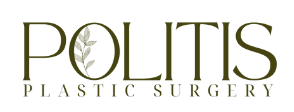

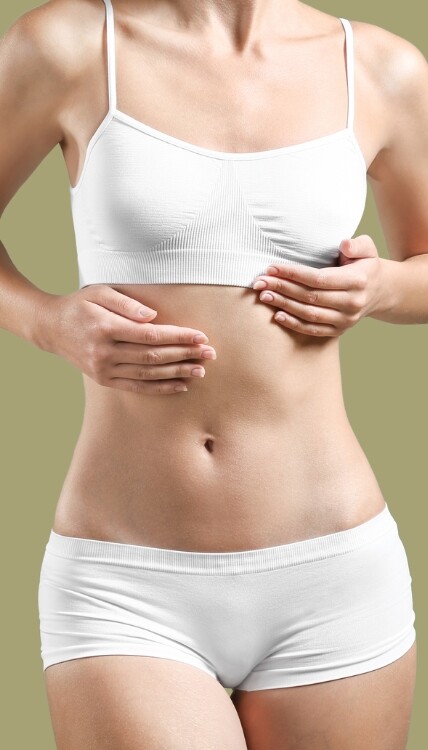
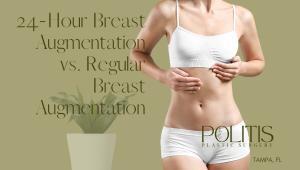 Imagine waking up from breast augmentation surgery and, within hours, resuming your everyday life: going shopping, enjoying a night out, and dancing the night away. It may seem too good to be true, but it’s not. Welcome to the world of 24-hour rapid recovery breast augmentation, a procedure that minimizes tissue damage and allows patients to get back on their feet in as little as a few hours after waking up from anesthesia. This article will provide a comprehensive comparison between the 24-hour recovery method and
Imagine waking up from breast augmentation surgery and, within hours, resuming your everyday life: going shopping, enjoying a night out, and dancing the night away. It may seem too good to be true, but it’s not. Welcome to the world of 24-hour rapid recovery breast augmentation, a procedure that minimizes tissue damage and allows patients to get back on their feet in as little as a few hours after waking up from anesthesia. This article will provide a comprehensive comparison between the 24-hour recovery method and 

 Getting ready to undergo
Getting ready to undergo 

 Breast augmentation
Breast augmentation
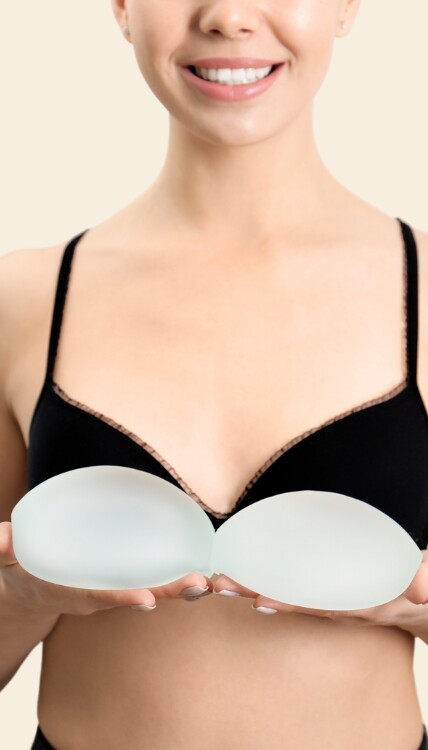
 Deciding on the
Deciding on the 